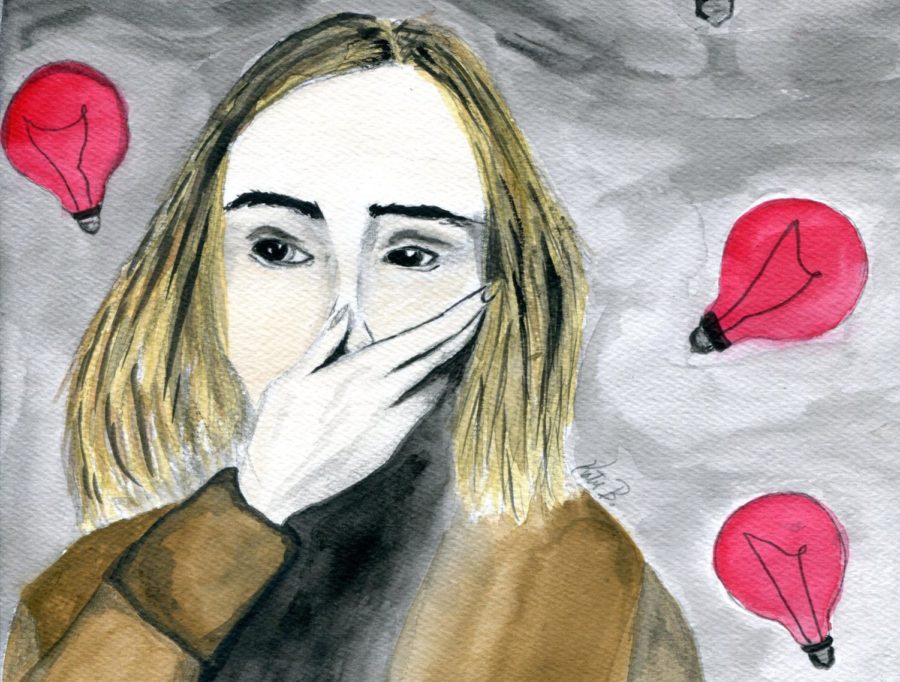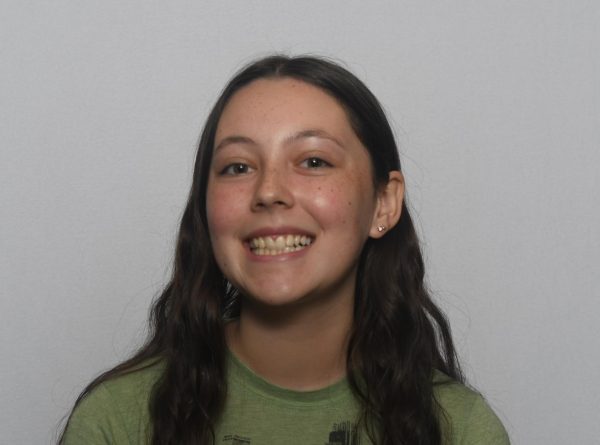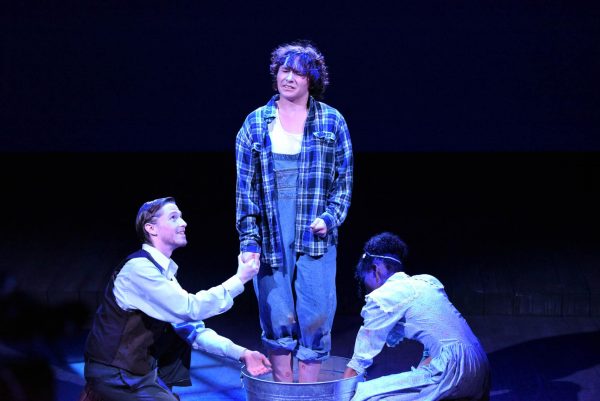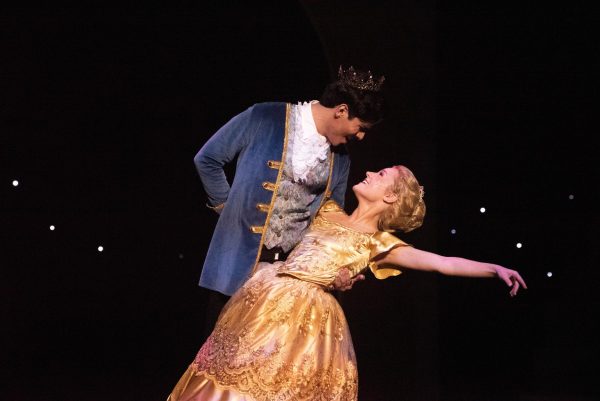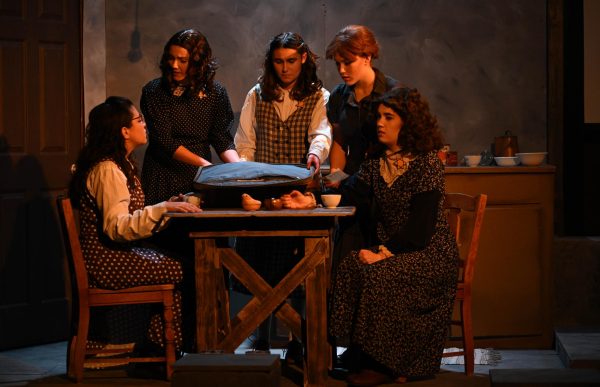“A Quiet Place” Is A First For Horror
April 23, 2018
While A Quiet Place, the horror/drama/thriller released on April 6, may have kept the theatres silent, the word on the street has been anything but so.
Directed, co-written, and starred in by John Krasinski, The Office star branched out from a mainly comedy background with this unique horror film. Alongside her husband, Emily Blunt, who will be seen in the upcoming remake of Mary Poppins Returns, portrayed a strong, caring mother that provided, in many ways, a home to the characters of the story.
Set in a dystopian near future of 2020/2021, a family of five tries their best to survive in a world ravaged by alien creatures attracted to acute noises. Like the title suggests, the characters must live quietly in order to survive. With almost no backstory, Krasinski has masterfully given the audience almost enough information to piece together was has happened to the world. With flashbacks and set design, the audience can gleam information about the deadly creatures and begin to understand the fight for survival.
Actress Millicent Simmonds, who is only 15 and has already starred in two movies, plays the deaf daughter of the family. Because of her own experiences as a member of the deaf community, Simmonds brought the realities of her disability into her character. The other child actor, 13 year old Noah Jupe, played the younger brother of Simmonds’ character.
Because the main way that the characters communicated was through sign language, despite some whispering and writing, the actors had to learn American Sign Language. The interesting distinction between this film’s classification of a “quiet” film, not a silent one, allows the audience to be immersed in the nearly silent world the characters occupy.
The use of sound as a major character helps immerse the audience into the fear and silence that is required to survive. The sound, or lack thereof, is used strategically to portray each scene. For example, when using the deaf perspective of Simmonds’ character, there is nearly no sound, just as the character experiences. Sound is also used to increase fear and suspense as loud noises usually result in extreme danger, often death, for the characters.
Although this film expertly introduces a horror topic never conquered before, it did have a few minor plot holes. Although never fully explained, the audience wonders why the military had not figured out how to use destructive weapons to kill the creatures. In the end, the audience is left with the impression that a child discovered the ultimate weakness of an alien creature– so every military in the world could not figure it out? The audience must be satisfied with the poetic discovery rather than ponder the realistic details.
Another slight problem– although this one has a more logical explanation– is that of the river. In one scene, the father explains that louder sounds mask smaller ones, allowing the characters to make smaller noises or use larger noises to their advantage to survive. Fishing at the river, the father and son are able to talk and scream because of the water’s noise. This same tactic is later used as the mother gives birth when her son lights off fireworks to detract from the sounds of her screaming in labor.
This is only a problem because many ask: why wouldn’t they live by the river? Answered simply, it would be too noisy to construct a home by the river and it would be impractical because their other food and necessities are in their actual home.
This thriller, although a story of survival, is also a tale of family. As expected, the family has problems that are heightened under the circumstances. The character dynamic of father and daughter is shown in a relatable way, despite the wildly different setting of near-death experiences. Jupe, despite his young age, portrays the heavy weight of responsibility as his father forces him to learn how to protect his family in a worst case scenario.
Even though his sister is older and willing to learn survival methods, their father makes him hold this responsibility.
A major theme of the film focuses on the relationship between father and daughter and how that affects their survival together. While the father obviously loves his daughter, certain unconscious choices the daughter makes seemingly jeopardizes their trust in each other.
The mother, a figure who represents thriving rather than the father’s survival, is the key to the family. She creates a livable family atmosphere and home during a time when life isn’t guaranteed. By teaching her children school, creating noise friendly games, and continuing to eat meals as a family, the mother tries to foster love in a world surrounded by death and the fear of it.
The small cast of less than five main characters also adds to the close relationship of family between the characters and the movie. As the family faces problems, the audience experiences them as they invest themselves into the small cast.
A Quiet Place makes up for the artful lack of noise by creating a conversation with the audience through its emotional performances by actors that tell of story of family in the most unexpected way.

